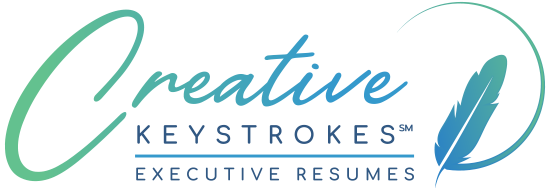Tips for Optimizing Your Online Resume
At the National Resume Writers’ Association annual conference in San Diego last week, one of the speakers was Paul Forster, Co-founder and CEO of Indeed.com. For those unfamiliar with Indeed, it is one of the new breed of mega-job search engines that according to their About page “gives job seekers free access to millions of employment opportunities from thousands of websites.” It is ranked by Time magazine as one of the top 10 websites and described by the Wall Street Journal as “Simply a one-stop shop for job seekers.” I can personally highly recommend it, both as a search engine and for its many other valuable features such as job trend analyses and salary information.
Mr. Forster’s presentation entitled “Resume Optimization in the New World of Search” provided some insights into factors you will want to consider in developing your resume for online posting purposes. A key consideration is now “ROSE,” “Resume Optimization for Search Engines,” and it comes into play both in the massive online resume databases of job sites as well as in the internal resume databases of individual companies that use software such as Taleo (an Applicant Tracking System) to manage and search the resumes they keep on file.
Here are a few valuable suggestions I gleaned from Mr. Forster’s presentation:
• Leverage Indeed’s capability to search for equivalent job titles to zero in on variations on your job title. Work these into the text of your resume to make it more likely to pop up in a search.
• Search sites like LinkedIn for relevant keywords related to your relevant job titles and make sure to work those into your resume text as well.
• Mine the job boards, LinkedIn, and other resources to identify synonyms for your key skills and include them.
• Look for variants in how names of companies and terms are spelled or abbreviated (e.g., EBay, E-bay; ETrade, E-Trade; IT, Information Technology; SEO, Search Engine Optimization) and include them (possibly in parentheses) to help ensure someone searching for that company or term will find your resume.
• Consider “stemming” as you craft your resume’s content – using varying endings of words. For example, someone searching for a marketer may actually search for the word ‘marketing’ or for accounting may key in ‘accountant’.
• Make your resume Web friendly, avoiding tables and indentions, etc. that will translate poorly online no matter how carefully you manually insert your spaces.
Looking forward, Mr. Forster sees the future of the resume as being in the virtual world, with increasingly rich media. He also sees it as boundary-less–with many links going into and out of the document. Examples might be a link to a book you wrote that is for sale on Amazon, your websites, your LinkedIn profile, articles that mention you, etc. Also on the horizon are “Open Standards” which are currently under discussion but have a good way to go before finalization and widespread adoption. Open standards will one day result in a single resume that will be acceptable everywhere in applying for jobs, eliminating the necessity to fill out widely varying forms on each job board or company’s website.
I have saved for last a “to do” that I strongly concur with and feel is probably the most important piece of advice in his presentation: Once you have posted your resume, REFRESH it periodically, as a recent post/edit date is a critical factor in ranking your resume, superseding all other criteria.
****

